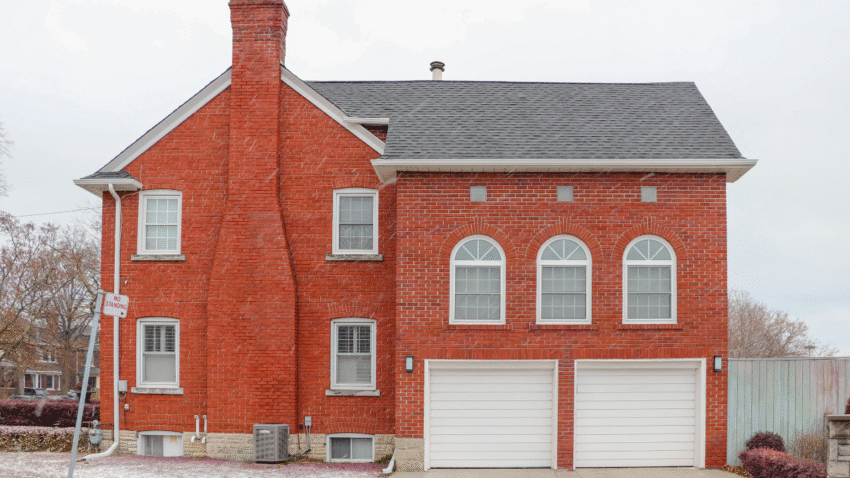If you love DIY projects but your garage barely has room for your car, a fold-away workbench could be the perfect solution. In this guide, you’ll learn how to build a fold-away workbench for small garages that gives you a sturdy workspace when you need it and folds neatly out of the way when you don’t. This project is simple enough for beginner woodworkers and will instantly transform your cramped garage into a functional workshop.
Why a Fold-Away Workbench Matters for Your Garage
In small garages, every square inch of floor space counts. Traditional workbenches take up valuable room, making it difficult to move around or store other essentials like bicycles, lawn equipment, or storage bins. By building a fold-away workbench, you:
- Maximize space by folding the bench flat against the wall when not in use.
- Create a dedicated work area without sacrificing parking or storage.
- Keep tools and projects organized near your workbench for quick access.
- Improve the overall functionality and versatility of your garage.
- Enhance your home’s value with a practical, built-in feature.
A fold-away bench combines the best of both worlds: a strong, stable work surface when you need it and an uncluttered garage when you don’t.
Step-by-Step Guide to Building a Fold-Away Workbench
Materials & Tools Needed
Materials:
- ¾-inch plywood or solid hardwood for the work surface
- 2×4 lumber for the frame
- Heavy-duty door hinges or piano hinge
- Folding shelf brackets (optional for extra support)
- Wood screws
- Wall-mounting hardware (lag screws or masonry anchors)
- Sandpaper
- Wood finish, stain, or paint
Tools:
- Tape measure
- Circular saw or table saw
- Drill and drill bits
- Level
- Screwdriver
- Stud finder
- Safety goggles and hearing protection
1. Choose Your Location and Size
Decide where the workbench will go. Look for a wall near your tool storage, electrical outlets, and good lighting. Measure the available space to determine the maximum bench width and depth. A common size for small garages is 48″ wide by 24″ deep.
2. Locate and Mark Wall Studs
Use a stud finder to identify the wall studs where the bench will mount. Mark them clearly with a pencil. Mounting directly to studs ensures your bench can support heavy loads safely.
3. Cut the Work Surface
Measure and cut your plywood or hardwood to your desired bench dimensions. Sand the edges to remove splinters. This surface will be the main workspace, so make sure it’s smooth and level.
4. Build the Frame
Cut your 2×4 lumber to form a rectangular frame that matches your work surface size. Secure the frame together with wood screws. For extra stability, add cross-bracing inside the frame.
5. Attach the Hinges
Lay the work surface flat and align the frame underneath it. Attach heavy-duty hinges along the back edge of the frame. A piano hinge works well for even weight distribution. The hinge will allow the bench to fold up against the wall.
6. Mount the Frame to the Wall
With a helper, hold the frame at your desired height (typically 34–36 inches from the floor). Screw the frame into the wall studs using lag screws for maximum strength. Use a level to ensure it’s perfectly horizontal before tightening.
7. Install Folding Support Brackets or Legs
For added support, attach folding shelf brackets or build fold-out legs from 2x4s. Brackets are quicker to install, while fold-out legs can support heavier projects. Make sure the supports lock securely in place when the bench is open.
8. Finish the Surface
Sand the entire surface smooth, then apply wood stain, paint, or a protective polyurethane finish. This will extend the life of your bench and make cleanup easier.
9. Test and Adjust
Fold the bench up and down several times to ensure smooth operation. Check that the supports lock properly and that the bench is stable when in use.
Common Mistakes to Avoid
- Not Mounting into Studs
- Problem: The bench may pull away from the wall under weight.
- Solution: Always attach directly to studs or use proper masonry anchors for concrete walls.
- Using Weak Hinges
- Problem: Standard door hinges may bend or break.
- Solution: Use heavy-duty or piano hinges rated for the bench’s weight.
- Incorrect Height
- Problem: A bench that’s too high or too low can cause back strain.
- Solution: Stick to standard workbench height—34 to 36 inches from the floor.
- No Safety Clearance
- Problem: The bench may block a garage door or pathway when folded down.
- Solution: Check clearances before installation to avoid interference.
- Skipping the Finish
- Problem: Unfinished wood can warp, stain, or splinter over time.
- Solution: Apply a protective finish for durability.
Extra Garage Tips & Hacks
- Add Storage: Install a pegboard or small shelves above the workbench for frequently used tools.
- Magnetic Strips: Attach magnetic strips to hold screwdrivers, wrenches, or drill bits for quick access.
- Lighting Upgrade: Install an LED shop light above the bench to brighten your workspace.
- Related Tip: Check out our guide on how to organize tools in your garage for a more efficient setup.
Conclusion
A fold-away workbench is a game-changer for small garages, giving you a sturdy, reliable work surface without permanently sacrificing space. With just a few tools and materials, you can build one in a weekend and enjoy the convenience of a fully functional workshop that disappears when you need room for your car or other projects.
Bookmark this guide to keep your garage functional, organized, and ready for any DIY project.
